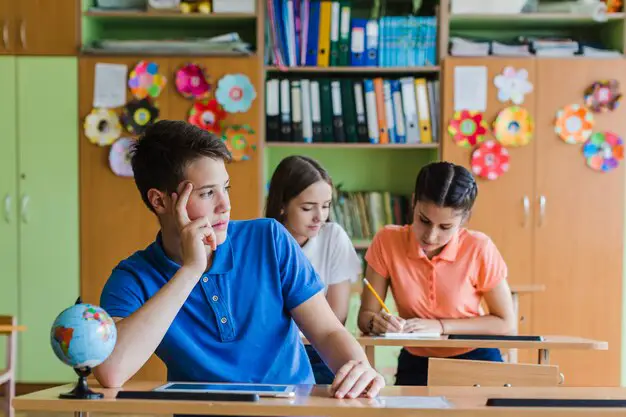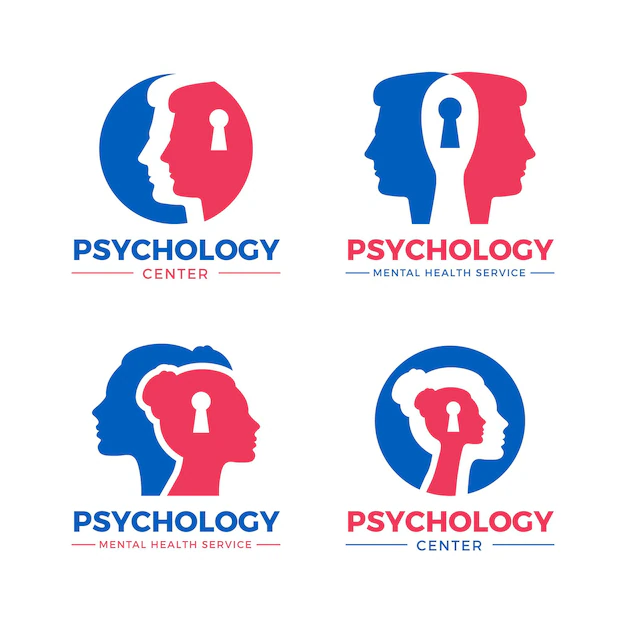Constructing Effective Lesson Plan Structures for Third-Year High School Students
Designing lesson plans for third-year high school students involves aligning educational objectives with the cognitive abilities and academic requirements at this crucial stage of their schooling. These plans serve as roadmaps for educators, aiming to actively engage and challenge students while fostering critical thinking, skill development, and academic growth. Here’s a comprehensive guide outlining the structure, components, and considerations for crafting effective lesson plans for third-year high school students.

Divide students into groups and provide case studies or scenarios related to the lesson. Encourage critical analysis and group discussion.
Page Contents
Constructing Effective Lesson Plan Structures for Third-Year High School Students
Lesson Plan Structure for Third-Year High School Students
Objective: Promote academic rigor, critical thinking, and preparation for higher education or future endeavors.
| Components | Description |
|---|---|
| Introduction | Short opening prayer, stimulating activity or discussion to introduce the lesson’s theme. |
| Review/Recap | Briefly revisit previous learning or establish connections to prior lessons. |
| Direct Instruction | Teaching content or skills, utilizing various instructional methods. |
| Application | Activities allowing students to apply new knowledge or skills. |
| Assessment | Evaluation methods to measure understanding and mastery of concepts. |
| Conclusion | Summary of key points, reflection, and connections to real-world applications. |
Components of Sample Lesson Plan Activities
- Introduction (10 minutes)
- Engaging Opener: Short Opening Prayer, use a relevant news clip, thought-provoking question, or intriguing image to capture students’ attention and introduce the lesson topic.
- Anticipation Guide: Provide a list of statements related to the lesson topic for students to consider before the lesson begins.
- Review/Recap (5 minutes)
- Objective: Connect previous learning to the current lesson.
- Activity: Quick Review Quiz or Discussion
- Review key concepts from previous lessons through a brief quiz or interactive discussion to refresh students’ memories.
- Direct Instruction (20 minutes)
- Objective: Present new content or skills using various methods.
- Activity: Multimedia Presentation or Lecture
- Engage students through a well-structured presentation with visuals, videos, or interactive demonstrations to introduce new concepts.
- Application (25 minutes)
- Objective: Allow students to apply and deepen understanding.
- Activity: Group Discussion and Analysis
- Divide students into groups and provide case studies or scenarios related to the lesson. Encourage critical analysis and group discussion.
- Assessment (15 minutes)
- Objective: Assess understanding and mastery of concepts.
- Activity: Performance Task or Written Assessment
- Administer a task that requires applying learned concepts, such as a project, essay, or problem-solving task.
- Conclusion (5 minutes)
- Recap and Reflection: Summarize key points and encourage student reflections on the lesson’s relevance and application in real-life situations.
- Homework Preview: Introduce homework or assignments connected to the lesson to reinforce learning.
Considerations and Strategies
- Differentiated Learning: Offer various activities to accommodate diverse learning styles and paces.
- Engagement Techniques: Incorporate interactive discussions, debates, or problem-solving tasks to foster engagement.
- Higher-Order Thinking: Design tasks that encourage analysis, evaluation, and synthesis of information.
- Real-World Connections: Relate lesson content to current events or real-world applications for relevance.
- Formative Feedback: Provide timely feedback on assessments and tasks to guide students’ progress.
Conclusion
Developing effective lesson plans for third-year high school students requires a structured approach that engages, challenges, and prepares students for academic excellence and future endeavors. These plans aim to foster critical thinking, skill development, and deeper understanding of subject matter. Educators play a vital role in creating an environment that cultivates curiosity, encourages exploration, and nurtures academic growth in students at this stage of their education.
Crafting lesson plans for third-year high school students involves careful consideration of their academic needs, critical thinking abilities, and preparation for higher education or careers. The provided structure, sample activities, and strategies aim to assist educators in creating engaging and purposeful experiences that support students’ learning and readiness for future endeavors.







